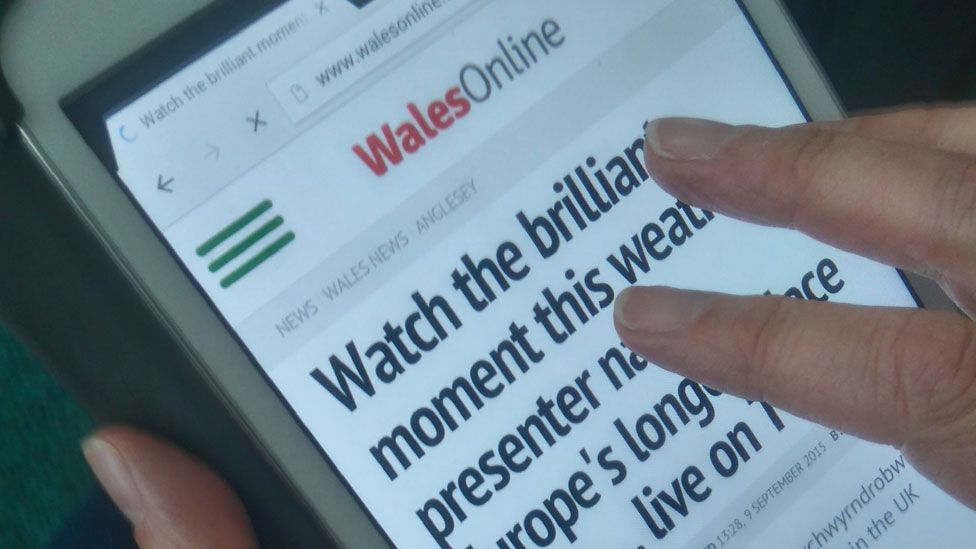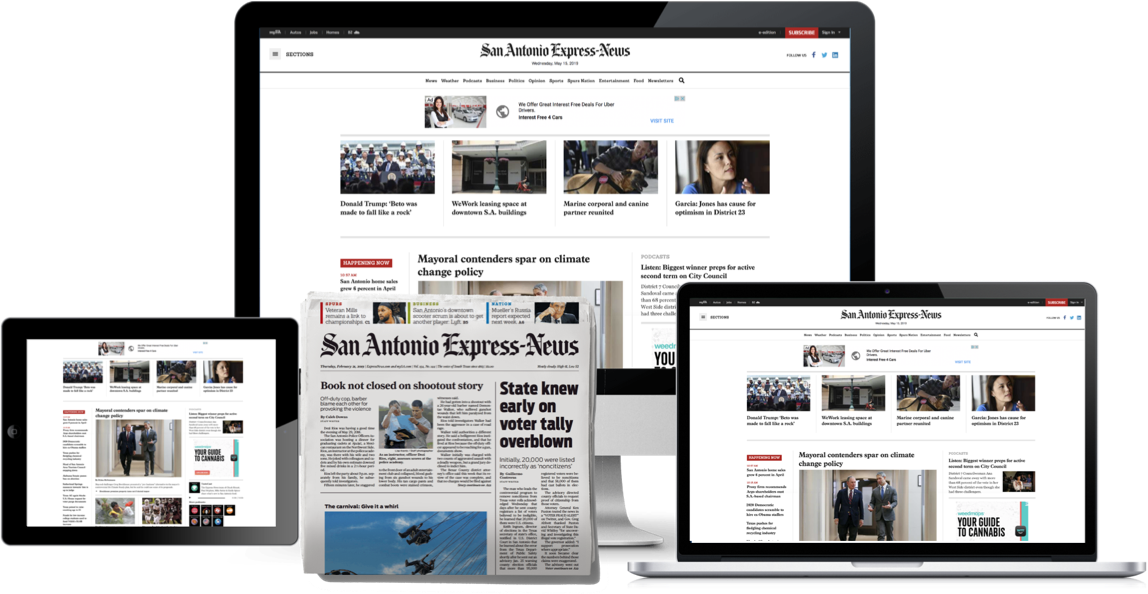The Facts About Popular News Uncovered
Table of ContentsNot known Details About Popular News A Biased View of Popular NewsSome Known Questions About Popular News.All About Popular News
Age is additionally a consider the way people see the function of social media. More youthful social media news customers are most likely to state it has impacted their knowing for the much better. Concerning fifty percent of social networks information consumers ages 18 to 29 (48%) state news on social media makes them better educated, compared to 37% of those 30 to 49, 28% of those 50 to 64, and 27% of those 65 and older.Reporters weigh information values when establishing whether or not to cover an occasion or statement. Perhaps the most crucial element of newsworthiness is whether or not the information product being interacted influences an information outlet's target market.
Proximity is very important. Reporters want points that affect their neighborhoods. Research on a state's new tax obligation code likely won't generate the very same passion across state boundaries. Occasionally professionals can aid localize a bigger nationwide tale that affects more than just a city or state. In these instances, it is necessary to be looking for chances where subject matter experts can supply understanding or where similar tasks might be happening locally.
If you are publishing relevant study, loophole in MarComm prior to the write-up being published to make sure that the pitch can emphasize the most recent aspect of the tale: the publication of the research study. Occasions and news that include high-profile numbers are more probable to generate media insurance coverage. Brows through from national numbers frequently require months of prep work because of expected community interest.
The Single Strategy To Use For Popular News
Stories often include some kind of problem. By meaning, these stories are often questionable to some level. College personnel and professors are usually regarded as neutral experts. We can help minimize prospective reputational danger with these stories while likewise enhancing the probabilities of generating protection. While several of the above news worths are interwoven, human rate of interest stories usually stand apart.
Human rate of interest aspects can include information value to other stories that may show up to be doing not have in the various other worths. The novelty or curiosity of a scenario can aid affect whether or not an information electrical outlet is likely to cover a tale. While this is not an extensive list, inspecting to see if your story or event has these top qualities before contacting us will assist you figure out which elements hold the most news worth.

What Does Popular News Mean?
There is also significant proof that even more consumers could start to pay for information in the futureif authors can understand them and offer them well. Half of those that do not spend for information actively choose information and appear like clients in different means. And almost 2 in 10 of those that don't register for news currently Find Out More indicate they are inclined to begin to pay in the future.
We then ask a collection of questions to determine whether people spend for specific kinds of information sources (Popular News). We asked people to name the resources they make use of most oftenwhether they pay for them or nothow they use them, the certain things they take into additional resources consideration essential regarding them, and some relevant concerns regarding the cost and worth of that source
Individuals are attracted to news in general for two factors above others: A wish to be educated people (newspaper customers specifically are highly inspired by this) and because the magazine they register for excels at covering certain topics about which those clients specifically care. While there are a host of reasons, the No.
Even more than 4 in 10 additionally cite the reality that loved ones subscribe to the very same item (Popular News). Greater than a third of people say they initially subscribed in reaction to a price cut or promotion. In print, individuals likewise are relocated heavily to register for obtain promo codes that save them cash, something that has untapped effects in electronic
Some Known Facts About Popular News.
About fifty percent are "news hunters," implying they proactively seek out news instead of mostly encountering it in a much more easy means, though the information that nonpayers are seeking (in the meantime, at the very least) is frequently regarding national politics. Like customers, many of these people also get news multiple times a day, make use of the information in ways similar to clients, and are interested in similar topics, consisting of foreign or global news.

Of those that do pay, 54 percent subscribe to papers in print or digitally, which stands for 29 percent of Americans in general. A lot of them get a print magazine together with their paper and pay for 2 to four information resources in overall, some a lot more. And while 53 percent are long-time clients (5+ years), more than a quarter (27 percent) have purchased their newspaper membership within the past year.
Few print clients believe it most likely they will certainly change to a digital-only registration in the future, and over half of those that prefer digital have actually never paid for a print variation of the same resource. Totally 75 percent of newspaper payers say they mostly reviewed the paper in print, while 21 percent are mainly digital users, and 4 percent define themselves as uniformly divided.